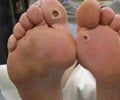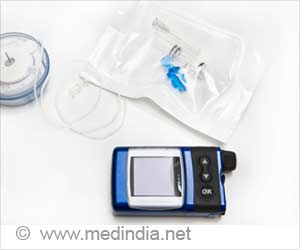For patients with diabetes and coronary artery disease in more than one artery, there are no major differences in long-term health status and quality of life between Angioplasty and Bypass Surgery.

Mouin S. Abdallah, M.D., M.Sc., of Saint Luke's Mid America Heart Institute, Kansas City, and colleagues conducted a substudy of the FREEDOM trial to assess functional status and quality of life. Between 2005 and 2010, 1,900 patients from 18 countries with diabetes mellitus and multivessel coronary artery disease were randomized to undergo either CABG surgery (n = 947) or PCI (n = 953) as an initial treatment strategy. Of these, a total of 1,880 patients had baseline health status assessed (935 CABG, 945 PCI) and comprised the primary analytic sample.
The researchers found that at 2-year follow-up, measures of angina frequency, physical limitations, and quality-of-life indicated greater benefit of CABG compared to PCI. Beyond 2 years, the 2 revascularization strategies provided generally similar patient-reported outcomes.
The primary results of the FREEDOM trial demonstrated that for diabetic patients with multivessel coronary artery disease, CABG led to a benefit over PCI for the composite endpoint of death, myocardial infarction, or stroke, driven by reductions in both all-cause mortality and myocardial infarction. Although both revascularization strategies led to substantial and sustained improvements in quality of life and functional status in the FREEDOM trial, angina relief was slightly better with CABG than PCI, especially among patients with the most severe angina at baseline, the authors write.
These findings suggest that CABG could be preferred as the initial revascularization strategy for such patients. "Given the increased rate of stroke, as well as the well-recognized longer recovery period with CABG surgery, however, some patients who do not wish to face these acute risks may still choose the less invasive PCI strategy. For such patients, our study provides reassurance that there are not major differences in long-term health status and quality of life between the 2 treatment strategies. Nonetheless, it is important for patients to recognize that the similar late quality-of-life outcomes with PCI and CABG in the FREEDOM trial were achieved with higher rates of antianginal medication use and the need for more frequent repeat revascularization procedures among the PCI group."
Source-Newswise















